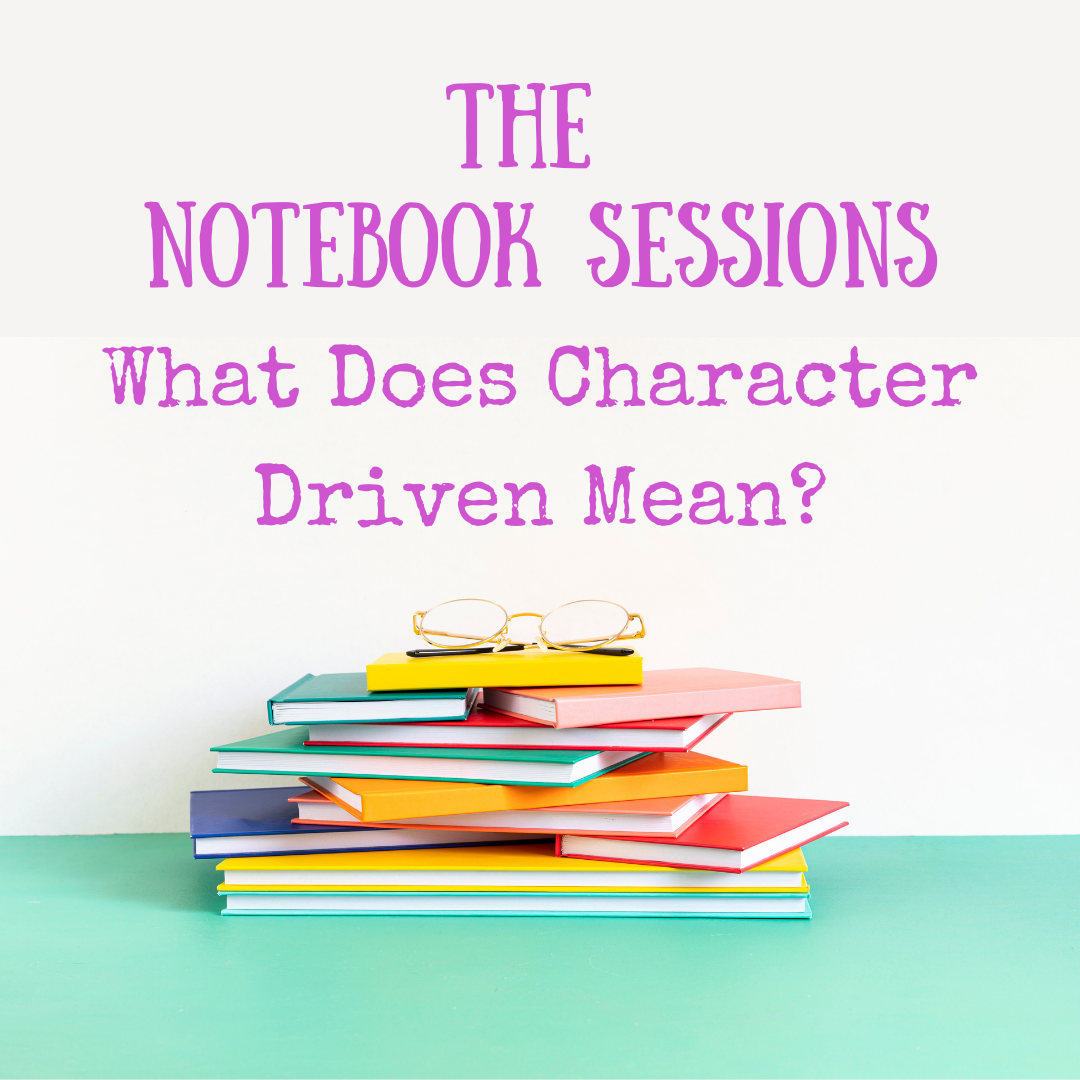The Notebook Sessions: What Does Character Driven Mean?
Peek inside my notebook to get inspired, make new connections, develop your craft, and grow as a children’s book writer.
What does a character-driven picture book look like? Even experienced writers sometimes struggle with this. We often hear agents and editors calling for more character-driven books. That’s been true a long time, and the call seems to be a bit louder now that there are so many social-emotional and STEM books on the market. But what does character driven mean? It’s more than the opposite of plot driven, where readers are turning the pages because they want to see what happens. And not just any book with characters is character driven.
Visit my Bookshop to add these titles to your own library.
I think part of what’s been causing confusion is that some books are character-driven and some are what I call “character focused.” There’s a main character on a singular adventure. Sometimes the character represents an idea or concept. The Word Collector and Cloudette follow characters who do exactly what you expect they might do based on their names. In these books, the main character might embody the theme or be perfectly suited to the story that the writer is telling. Swatch and Frances Dean Who Loved to Dance and Dance are good examples of this kind of book. In general, the main character may inspire the title of the book, but not a series of books. (We don’t expect to read Swatch Goes to School or Swatch Gets a Christmas Tree, though that would be fun too.)
Visit my Bookshop to add these titles to your own library.
Then there are character-driven books. Some people define them as the stories that feature characters that make the story what it is. If you substitute in another character, the story won’t be the same. But that feels a little vague to me. Most books will be different in some way if you change the main character. I think “character-driven” is actually code for personality driven. Character-driven books feature main characters that are so relatable and full of life that kids want to see in a variety of situations. They’re easily expanded into series, and that’s what makes them so attractive to agents and editors. Once readers love a character, they’ll be eager to read about them again and again, and that will give every title in the series more selling power. Early readers and chapter books do this all the time. Many of the classic picture books do too. Eloise and Olivia easily come to mind. Charlotte the Scientist and the Klise Sisters’ Harry are more recent examples. We want to see these characters go on all the same adventures we do.
These characters have a clear point of view. They have strong thoughts and feelings just like young readers do. Sometimes they’re rational. Often they’re highly emotional. Writers develop rich backstories for the stars of character-driven books. Those details might never make it onto the page, but they give the reader the sense of a real, imperfect, engaging character who does more than what we see in this particular story. Many character-driven books have a clear arc, where the main character learns and grows in a clear way by the end of the story. But in picture books, character driven stories don’t always end with the main character learning or growing. Eloise is still Eloise, for goodness sakes, darling.
Keeping all these details in mind, I’m going to put two definitions in my notebook.
Character-focused: when the character embodies the theme and goes on a singular adventure
Character driven: when the star of the story gets in trouble because he or she is just so X and solves the big problem in a way only he or she can
Do these definitions feel right to you? Do they inspire any new stories? I would love to hear!
Try This
Spend time dreaming up a new character. Take your time. This is the fun part! You might pull traits from kids you know or watch videos of kids in the classroom. Or check out this Pinterest board for little bits of inspiration. Select a few traits that feel exciting and possibly contradictory, “round” or three-dimensional, (this thoughtful article explains why). Then let yourself imagine how a character with these traits might play with a friend, go to school, or fall asleep at night. Give your character a clear point of view and a fun name. If you fall in love with your character, readers will too. Send me a message if you discover the next Eloise or Harry!
Buy me a coffee or visit my curated bookshop to add a title mentioned in the Notebook Sessions to your library.










